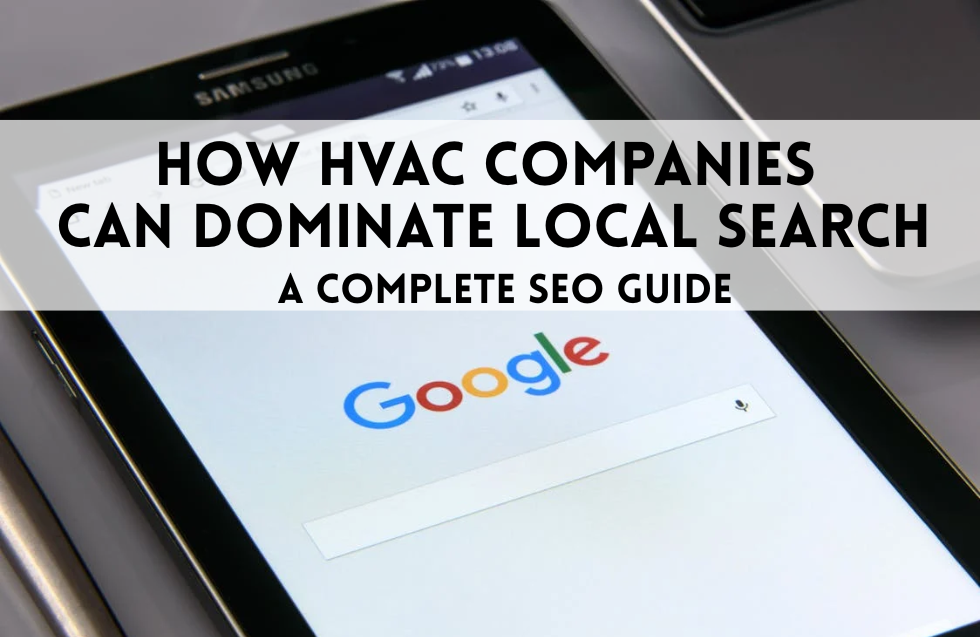Entrepreneurs often face a common challenge: how to market their business effectively without breaking the bank.
The good news? You don’t need a massive budget to achieve a significant return on investment (ROI). With a bit of creativity and a focus on strategic approaches, you can maximize your marketing efforts and see tangible results.
Here are some practical, cost-effective marketing ideas to get started:
1. Leverage Free Marketing Tools
Running a business can be overwhelming, but you don’t have to do it blindly. Free tools like Google Analytics and Google Search Console can help track your website’s performance, understand your audience, and optimize your marketing efforts. Social media platforms also provide free insights that reveal which posts engage your followers the most.
According to Neil Patel, using these tools allows entrepreneurs to refine their strategies without spending a dime. These insights are invaluable for adjusting campaigns and ensuring you’re getting the best ROI.
2. Content Is King: Create High-Quality Content
One of the most cost-effective ways to build your brand is by creating content that resonates with your audience. Blog posts, videos, and infographics are great ways to showcase your expertise and attract potential customers.
Valuable content builds trust and helps establish your business as an authority in your industry. Over time, this drives organic traffic to your site, reducing your reliance on paid ads.
Pro Tip: Repurpose content across platforms. Turn a blog post into a series of social media posts or a video tutorial. This maximizes your effort without extra cost.
3. Run a Social Media Contest
Social media is a powerful marketing tool, and contests can amplify your reach. Platforms like Instagram and Facebook make it easy to run contests that engage your audience. For example:
- Ask users to tag friends for a chance to win a free product.
- Encourage followers to share your post with a specific hashtag.
According to HubSpot, social media contests not only boost engagement but also help you build your email list and generate leads.
4. Use Branded T-Shirts for Visibility
Custom merchandise is a subtle yet impactful way to market your business. Branded t-shirts, for example, can turn your customers or team into walking advertisements. Not only do they spread awareness of your brand, but they can also serve as a great way to show employee appreciation. Providing high-quality, stylish company apparel as a gift can make employees feel valued while reinforcing your brand identity.
5. Build an Email List and Nail Your Campaigns
Email marketing has one of the highest ROIs of any marketing channel. According to Drip, email campaigns can nurture leads, build customer loyalty, and drive sales. Here’s how to get started:
- Use a lead magnet, like a free ebook or discount, to encourage sign-ups.
- Segment your audience to send targeted messages.
- Automate follow-ups to stay engaged without added effort.
The result? Personalized customer journeys that increase conversions.
6. Partner with Complementary Businesses
Collaboration is a win-win strategy. By teaming up with a business that shares your target audience, you can expand your reach without additional advertising costs. For instance:
- A bakery and a coffee shop could cross-promote each other’s services.
- A fitness trainer and a nutritionist could offer a joint workshop.
As HubSpot points out, partnerships allow you to tap into new customer bases while building valuable relationships.
7. Host Free Workshops or Webinars
Educating your audience is a great way to position your business as an industry expert. Free workshops or webinars can attract potential customers and showcase your value. For example, if you’re a marketing consultant, you could host a webinar on “5 Ways to Increase Your Social Media ROI.”
According to HubSpot, providing educational content is not just engaging but also builds trust and authority.
8. Engage on Social Media
Consistency is key when it comes to social media. Focus on platforms where your target audience is most active and post regularly. Share behind-the-scenes content, customer testimonials, or even user-generated content (UGC).
9. Optimize for Local SEO
If your business has a physical location, local SEO is a must. Ensure your Google My Business profile is up-to-date and encourage satisfied customers to leave reviews. Optimizing for local search can attract customers searching for products or services nearby, driving more foot traffic to your business.
Conclusion
Marketing on a budget doesn’t mean compromising on results. By leveraging free tools, creating high-quality content, and focusing on relationship-building strategies like partnerships and email marketing, entrepreneurs can see significant ROI without overspending.
Ready to take the next step? Start small, track your results, and scale what works. Marketing success is within reach—even on a shoestring budget!













